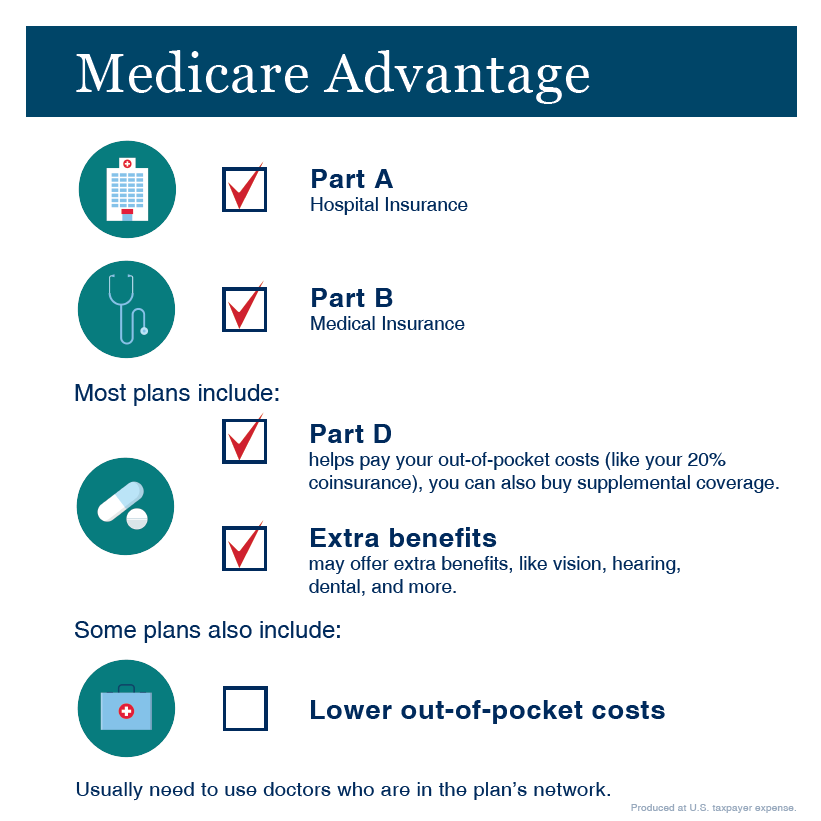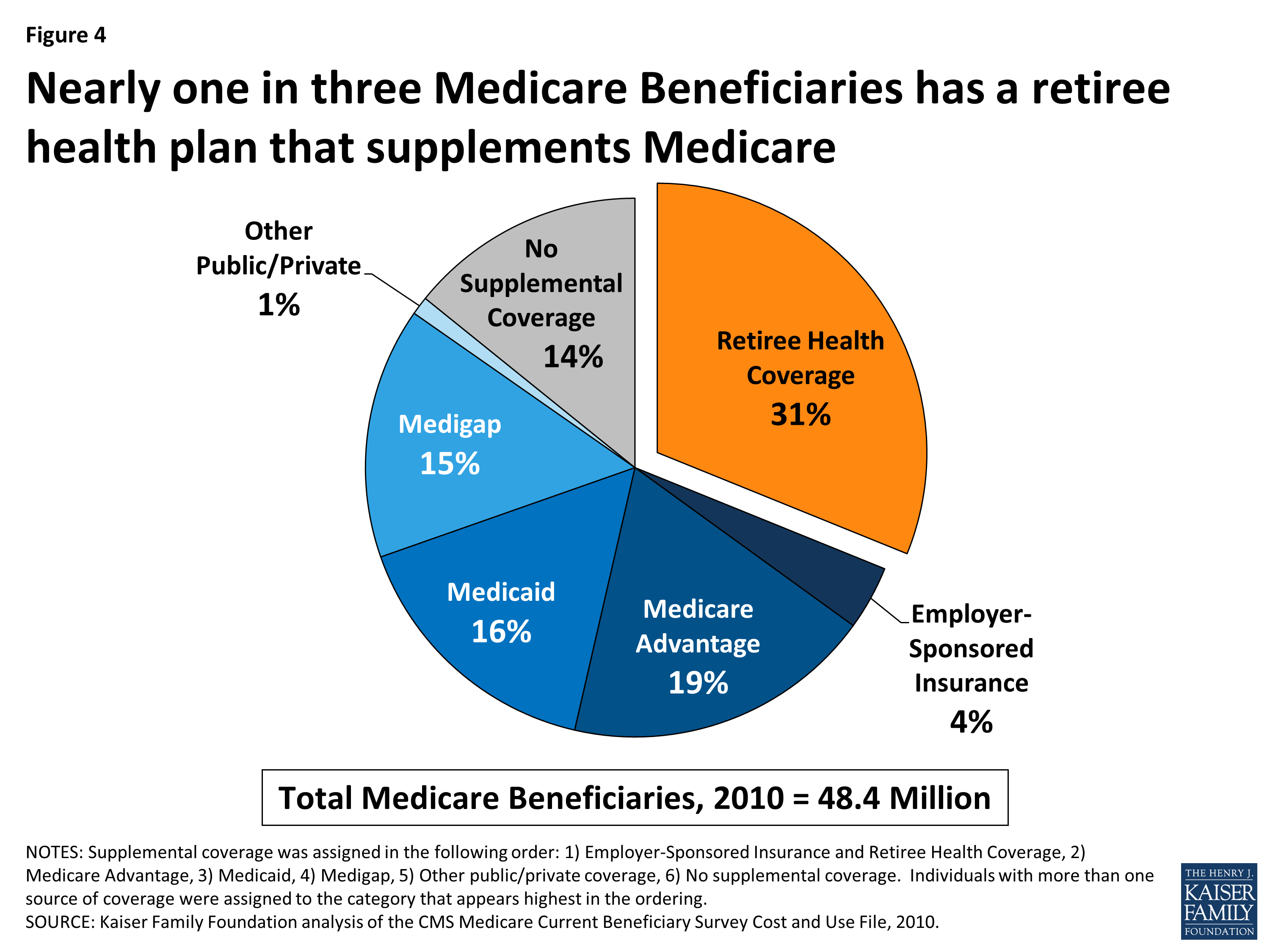The 8-Minute Rule for Medicare Advantage Agent
The 8-Minute Rule for Medicare Advantage Agent
Blog Article
The smart Trick of Medicare Advantage Agent That Nobody is Discussing
Table of ContentsThe Greatest Guide To Medicare Advantage AgentThe 5-Second Trick For Medicare Advantage AgentMedicare Advantage Agent for Beginners

complies with from puzzling the relatively young age account of the without insurance with the better wellness, typically, of more youthful persons. This covers the web link between wellness status and medical insurance. For those without accessibility to workplace medical insurance, inadequate wellness is a potential barrier to acquiring nongroup protection due to the fact that such coverage may be very valued, leave out pre-existing problems, or be just not available. The variety of without insurance Americans is not specifically big and has actually not transformed recently. 7 out of 10 respondents in a nationally representative study thought that less Americans lacked health and wellness insurance coverage than really do(Fronstin, 1998). Approximately fifty percent(47 percent )believed that the number of individuals without medical insurance decreased or continued to be consistent over the last half of the last decade(Blendon et al., 1999). This decrease of almost 2 million in the number of individuals 'without insurance policy (a decrease
of around 4 percent)is definitely a favorable adjustment. With a softer economic climate in 2000 the most recent reported gains in insurance coverage may not proceed(Fronstin, 2001 ). The decline in the variety of without insurance will not proceed if the economic climate continues to be slow and healthcare costs proceed to outmatch inflation. This is since the data were gathered for a period of strong financial efficiency. Of the estimated 42 million people who were without insurance, just about regarding 420,000(concerning 1 percent)were under 65 years old, the age at which most Americans come to be eligible for Medicare; 32 million were grownups between ages 18 and 65, around 19 percent of all grownups in this age group; and 10 million were children under 18 years of age, about 13.9 percent of all youngsters (Mills, 2000). These estimates of the variety of persons uninsured are created from the yearly March Supplement to the Present Population Survey (CPS), carried out by the Census Bureau. Unless or else kept in mind, national estimates of individuals without medical insurance and proportions of the population with different type of protection are based upon the CPS, one of the most widely utilized source of quotes of insurance coverage and uninsurance prices. These studies and the estimates they produce are explained briefly in Table B. 1 in Appendix B - Medicare Advantage Agent. These studies vary in size and tasting approaches, the questions that are asked concerning insurance policy
The Single Strategy To Use For Medicare Advantage Agent
protection, and the time period over which insurance policy coverage or uninsurance is gauged(Lewis et al., 1998, Fronstin, 2000a ). Still, the CPS is specifically valuable because it creates annual price quotes fairly rapidly, reporting the previous year's insurance policy coverage approximates each September, and since it is the basis for a consistent collection of quotes for even more than 20 years, enabling analysis of patterns in protection in time.

Medicare Advantage Agent Fundamentals Explained
Over a three-year period starting early in 1993, 72 million individuals, 29 percent of the U.S. population, were without insurance coverage for at the very least one month. Within a solitary year(1994), 53 million individuals experienced a minimum of a month without protection(Bennefield, 1998a). 6 out of every 10 uninsured grownups are themselves utilized. Although functioning does enhance the chance that a person and one's relative will have insurance policy, it is not a warranty. Also members of families with 2 permanent breadwinner have virtually a one-in-ten possibility of being without insurance (9.1 percent without insurance rate)(Hoffman and Pohl, 2000 ). The connection in between wellness insurance policy and access to care is well established, as documented later on in this phase. Although the partnership in between medical insurance and wellness results is neither direct neither view website straightforward, an extensive clinical and wellness solutions study literary works links wellness insurance protection
to improved access to care, far better top quality, and boosted individual and population wellness status. The 2nd record, on personal wellness results for uninsured grownups, is represented by the innermost circle of the number, while the third report, on family well-being, incorporates the subjects of the second report however stresses a different system of evaluation, namely, the family. The sixth record in the collection will offer details about techniques and campaigns undertaken in your area, statewide, or country wide to address the lack of insurance policy and its adverse impacts. Levels of evaluation for taking a look web link at the effects of uninsurance. This discussion of wellness insurance policy protection focuses mostly on the U.S. population under age 65 since basically all Americans 65 and older have Medicare or various other public insurance coverage.
Moreover, it focuses specifically on those with no medical insurance for any size of time. The troubles faced by the underinsured remain in some areas similar to those encountered by the uninsured, although they are normally much less severe. Uninsurance and underinsurance, nevertheless, include noticeably various plan problems, and the techniques for addressing them might vary. Throughout this research and the 5 records to follow, the major emphasis gets on individuals with no medical insurance and thus no help in paying for healthcare past what is offered through charity and safeguard institutions. Wellness insurance is an effective element impacting invoice of care because both individuals and doctors reply to the out-of-pocket price of solutions. Health and wellness have a peek at this website insurance coverage, nonetheless, is neither required neither enough to get to clinical services. The independent and straight result of health and wellness
insurance insurance policy protection access accessibility health health and wellness solutions well established. Others will certainly get the healthcare they require even without medical insurance, by paying for it out of pocket or seeking it from service providers that use treatment totally free or at extremely subsidized prices. For still others, medical insurance alone does not make certain receipt of care as a result of other nonfinancial barriers, such as a lack of healthcare suppliers in their area, limited access to transportation, illiteracy, or etymological and cultural distinctions. Formal research concerning uninsured populaces in the USA dates to the late 1920s and very early 1930s when the Board on the Price of Medical Treatment produced a collection of reports concerning funding medical professional office visits and hospitalizations. This issue ended up being salient as the varieties of clinically indigent climbed up throughout the Great Depression. Empirical studies regularly support the link in between access to care and boosted wellness end results(Bindman et al., 1995; Starfield, 1995 ). Having a regular resource of care can be thought about a predictor of accessibility, as opposed to a direct procedure of it, when health end results are themselves made use of as accessibility signs. This extension of the concept of accessibility measurement was made by the IOM Board on Keeping An Eye On Accessibility to Personal Wellness Treatment Services(Millman, 1993, p. Whether or not parents are insured shows up to influence whether or not their youngsters get care as well as just how much careeven if the kids themselves have insurance coverage(Hanson, 1998). The wellness of moms and dads can influence their capability to care for their youngsters and the degree of family members tension. Fretting about their youngsters's access to care is itself a source of stress for parents. 3 phases follow in this record. Phase 2 supplies a summary of how employment-based medical insurance, public programs and individual insurance plan operate and interact to offer extensive yet insufficient protection of the united state populace. This includes a review of historic trends and public laws affecting both public and exclusive insurance coverage, a discussion of the interactions amongst the various sorts of insurance coverage, and an exam of why people move from one program to one more or end up

Report this page